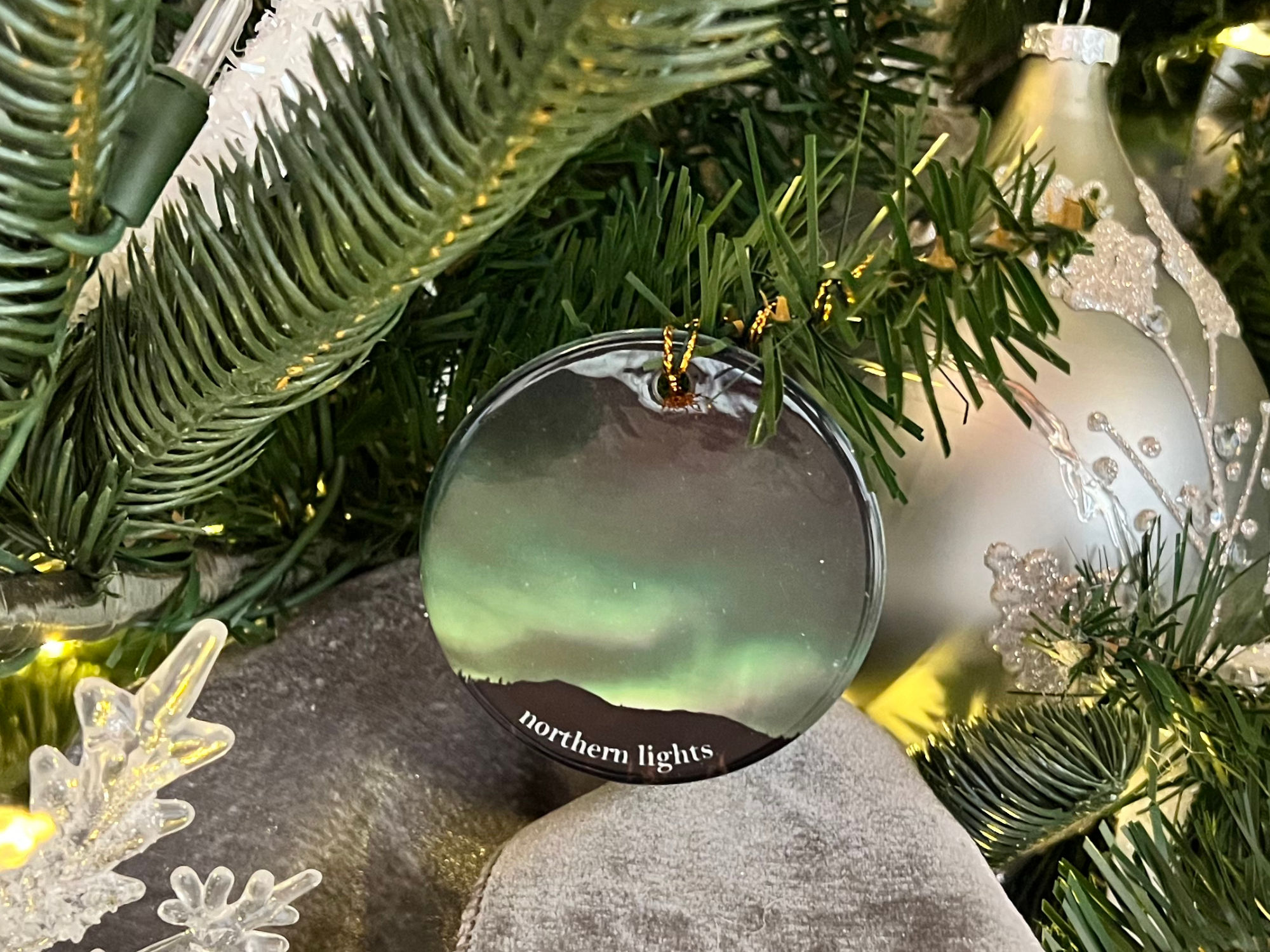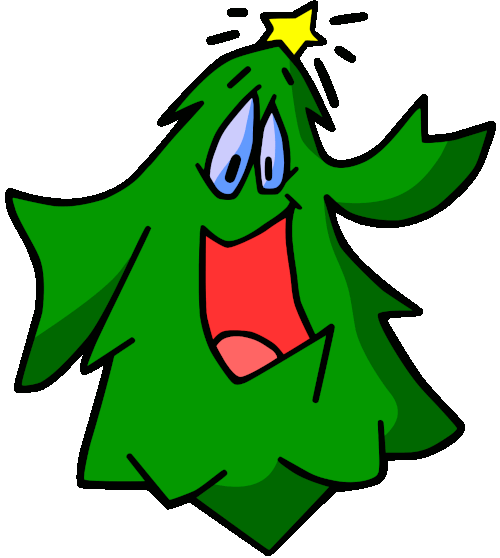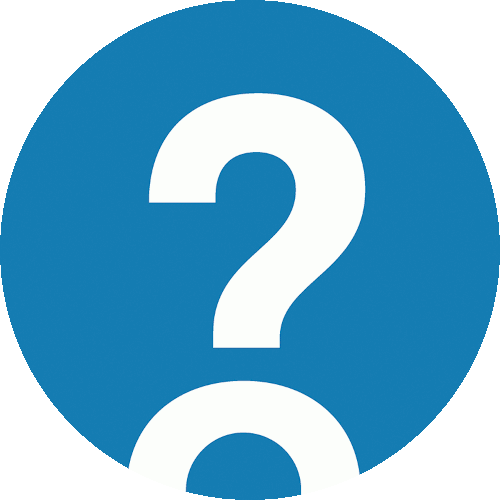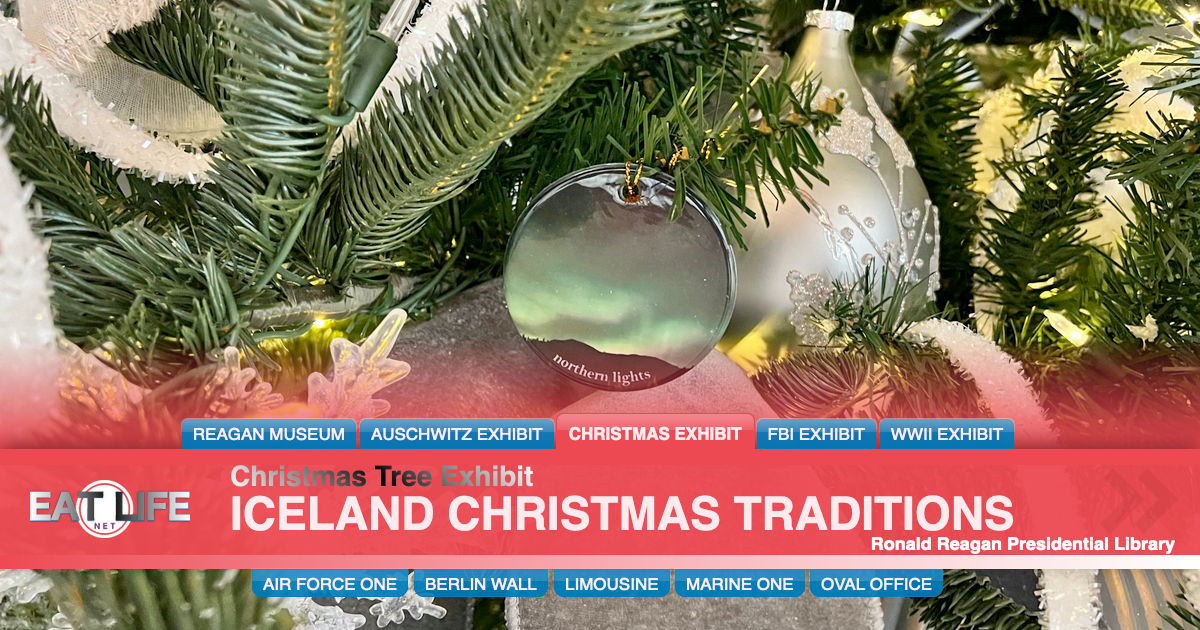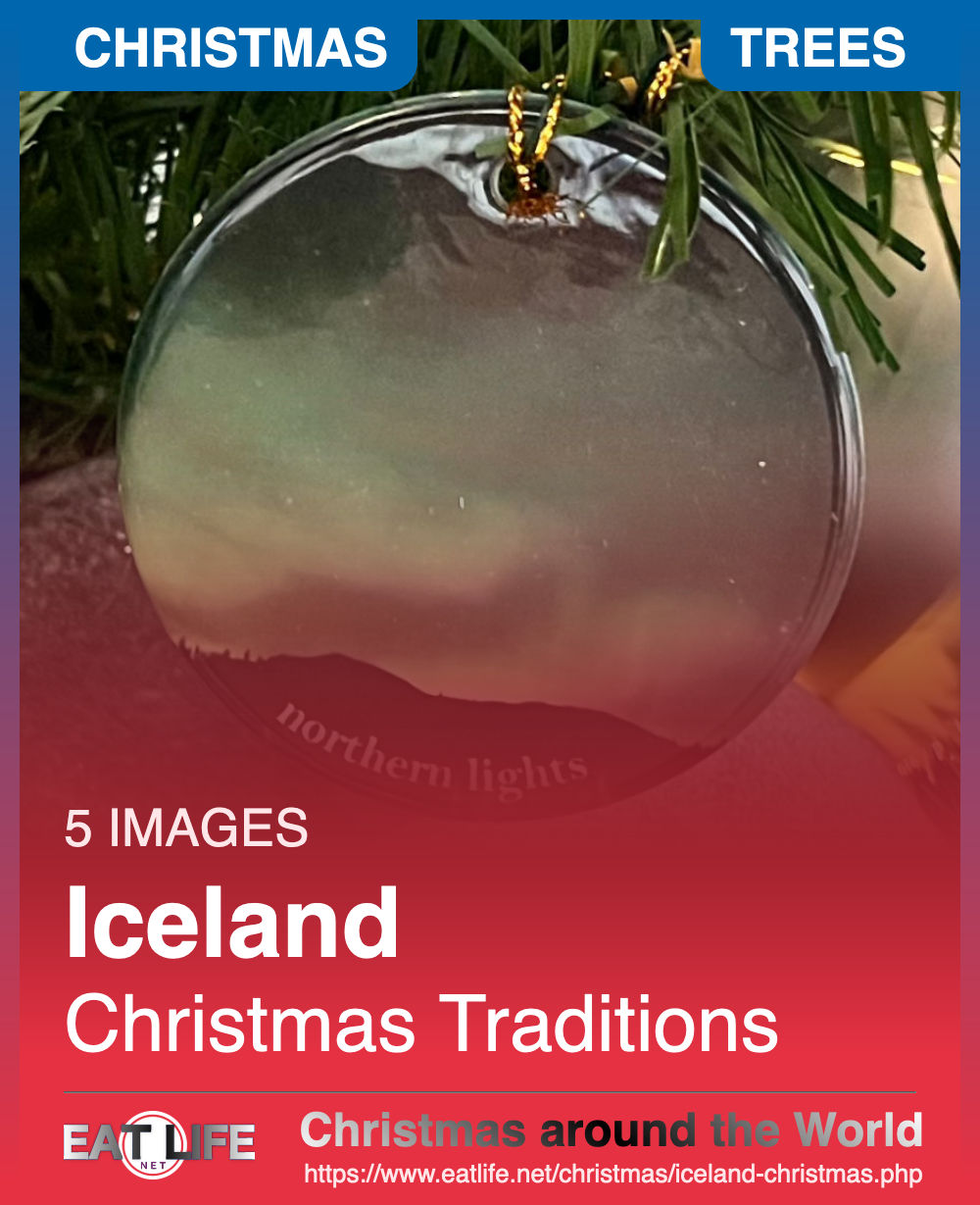CHRISTMAS:
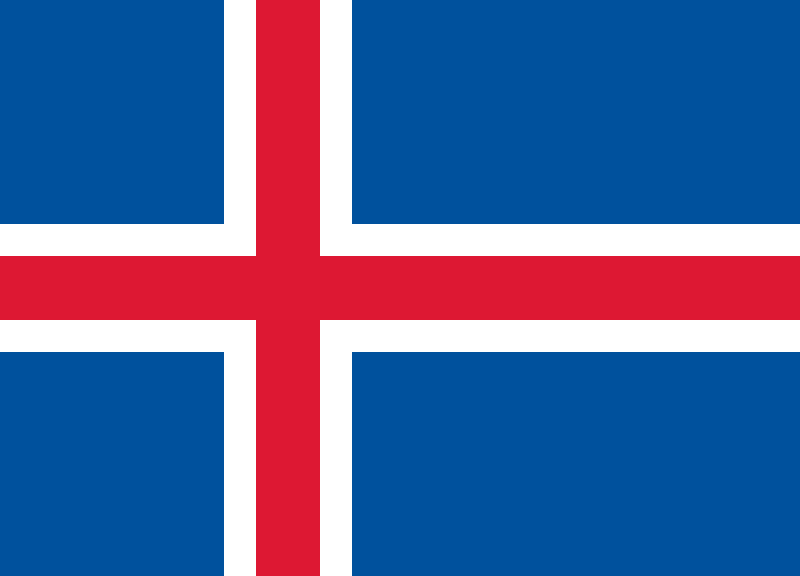
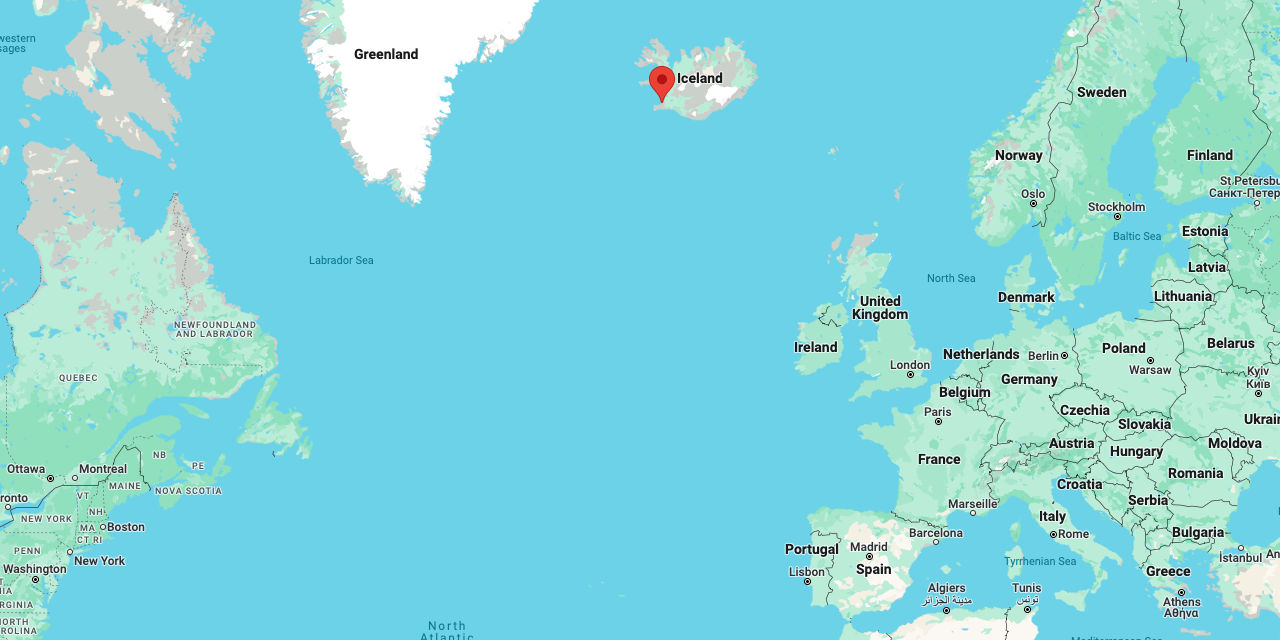
https://www.google.com/maps/place/Reykjav%C3%ADk,+Iceland
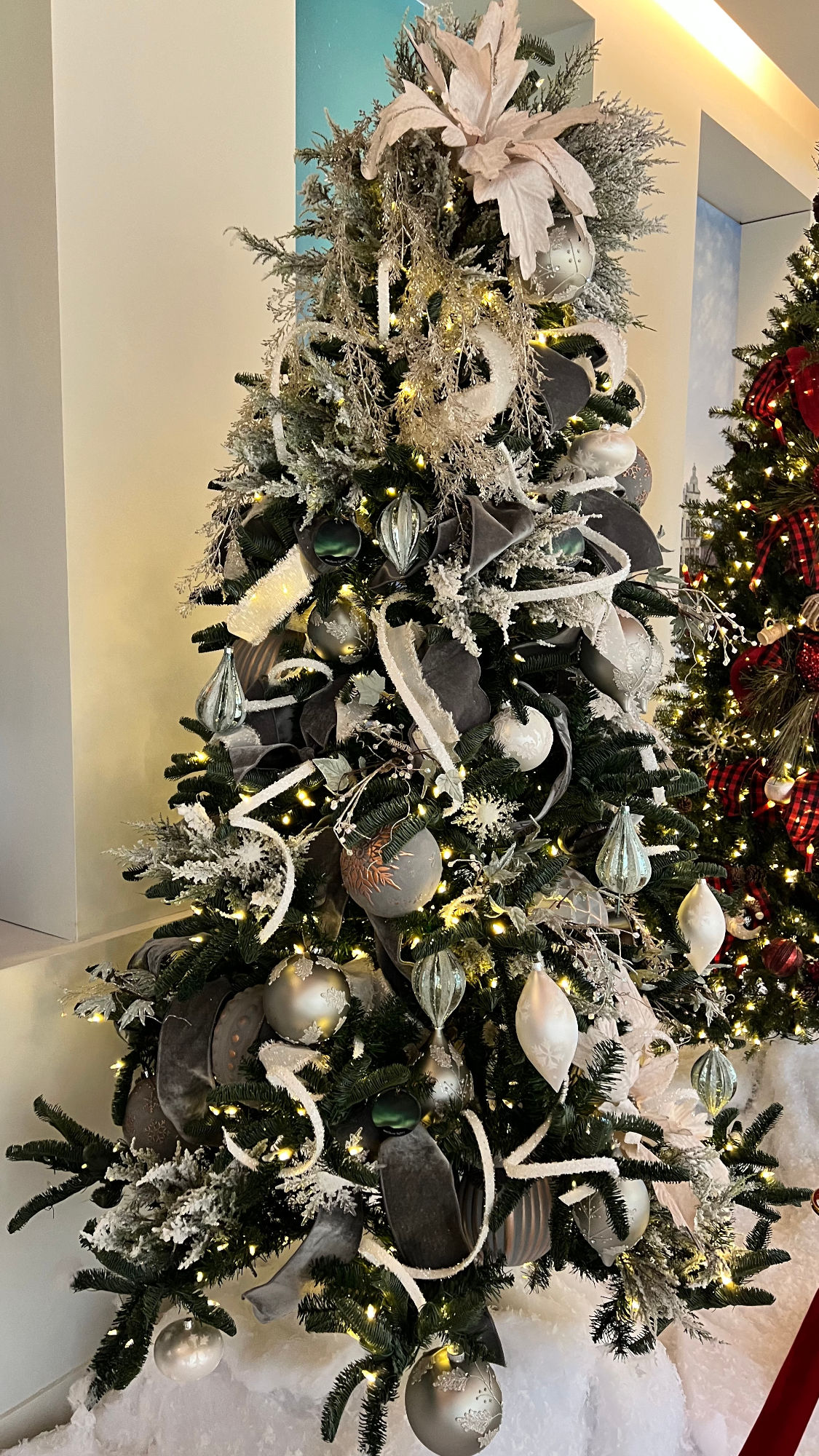
| HOW TO SAY MERRY CHRISTMAS: | |
|---|---|
| In Icelandic | Gleoileg Jol |
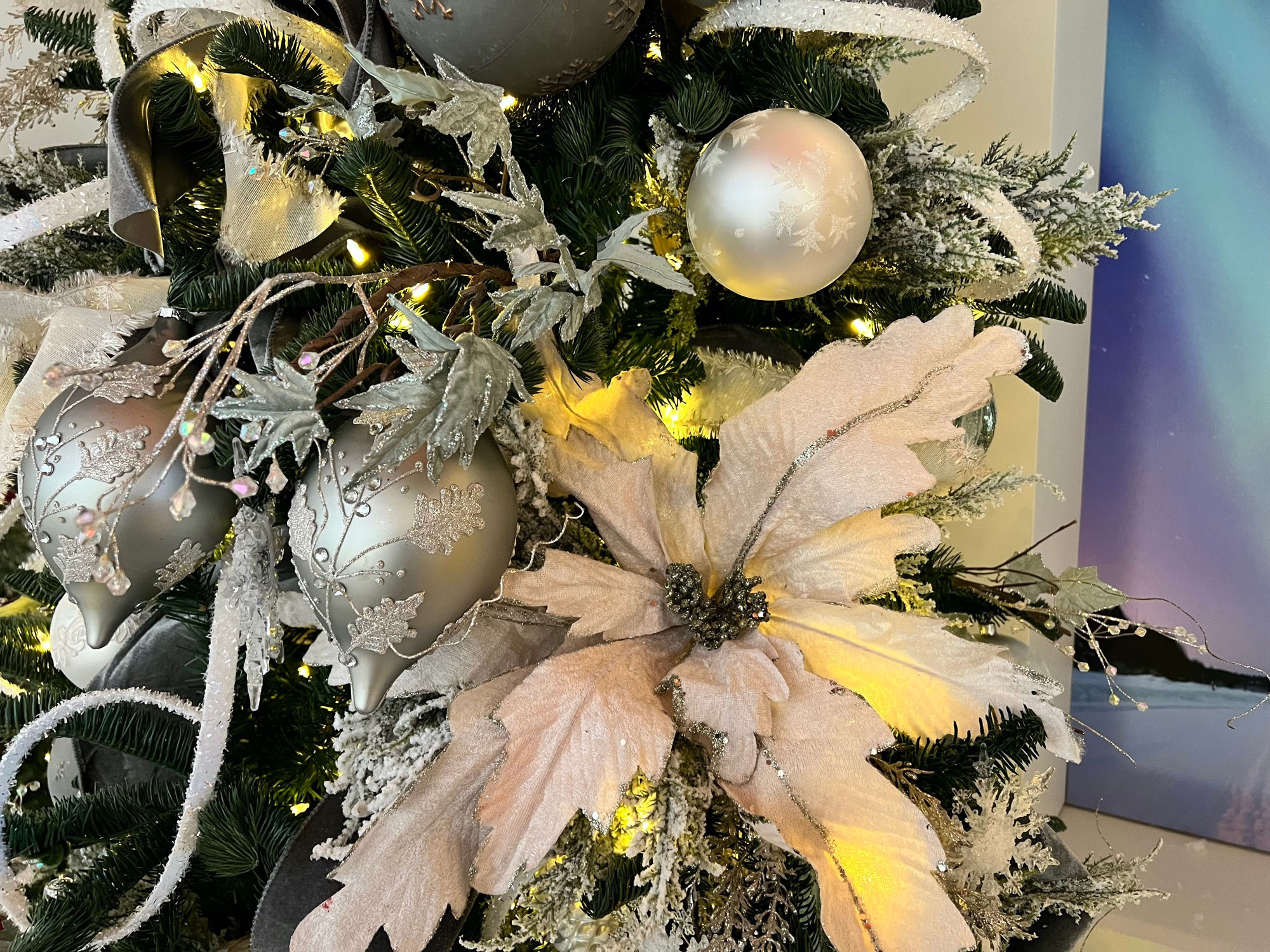
WHYCHRISTMAS.COMChristmas in Iceland
Christmas is often known as 'Jol' (Yule) in Iceland. This comes from the ancient winter solstice celebrations, that were taken over by the early Christians. Jol also include the New Year celebrations.There are lots of customs and traditions about Jol in Iceland. The Jol season consists of the following days:
Porlaksmessa - St. Thorlakur's Day - December 23rd
Iceland's major Saint is 'heilagur Porlakur Porhallsson', or 'St. Thorlakur Thorhallsson', the Bishop of Skalholt. December 23rd, is the day on which he died. On St. Thorlakur's Day, the main custom is eating of a simple meal of skata or skate. The Jol (or Christmas) tree is usually decorated on this day. This is also a big shopping day for last minute gifts, with stores remaining open until midnight.Aofangadagur - Christmas Eve / Jol Eve
Celebrations start at Iceland at 6.00pm on Jol Eve. This may have come from old Icelandic tradition, when a new day started at 6.00pm not midnight. Icelandic children open their presents after the evening meal on Aofangadagur. This is when the Jol celebrations really start! (TV used to stop at about 5.00pm and restarted at 10.00pm! But now TV is on all through the Christmas period.)Joladagur - Christmas Day / Jol Day
Joladagur is usually celebrated with the extended family. The main Jol meal is 'Hangikjot', a leg of roast lamb. Sometimes 'Rjupa' (Rock Ptarmigan a gamebird) is also eaten. Another Jol meal speciality is 'Laufabrauo' or leaf bread. This is made of thin sheets of dough cut into delicate patterns and fried. Each family often has their own patterns for the Laufabrauo.Annar Joladagur - Boxing Day
This is another day for visiting friends and family and eating lots more! Public entertainment is considered inappropriate on Jol Eve and Jol Day, and it is on Boxing Day that dancing is again allowed in public!Gamlarskvold / Nyarsdagur - New Year's Eve / New Year's Day
This is one of the most important nights of the year in Iceland and there are several magical traditions that are supposed to happen on it! Cows are meant to be able to talk, seals take on human form, the dead rise from their graves, and the Elves move house.Prettandinn - Epiphany - January 6th
This is the last day of Jol, celebrated with bonfires and Elfin dances. Many of the magical traditions associated with New Year's Eve are also supposed to happen at Prettandinn.
- Happy/Merry Christmas/Jol in Icelandic is 'Gleoileg jol'.
- One other big Jol custom is the coming of the 'Jolasveinarnir' or Joltide Lads. These are magical people who come from the mountains in Iceland and each day from December 12th to Jol Eve a different Jolasveinn (Joltide lad) comes.
- Jolasveinar first came to Iceland in the 17th century as the sons of Gryla and Leppaluoi, a couple of child-eating, bloodthirsty ogres!!!
- Here are thirteen of the most common names of the Jolasveinar:
- Stekkjarstaur - Gimpy
- Giljagaur - Gully Imp
- Stufur - Itty Bitty
- Pvorusleikir - Pot Scraper Licker
- Pottasleikir - Pot Licker
- Askasleikir - Bowl Licker
- Huroaskellir - Door Slammer
- Skyrgamur - Skyr Gobbler (Skyr, an Icelandic yoghurt)
- Bjugnakrækir - Sausage Snatcher
- Gluggagægir - Window Peeper
- GattaPefur - Doorway Sniffer
- Ketkrokur - Meat Hooker
- Kertasnikir - Candle Beggar
- The Jolasveinar are thought of as playful imps or elves who like lots to eat and playing little tricks on people. They leave little presents for children in shoes placed on the windowsill. If children have been naughty, they might leave a potato or little message telling them to be good. They start going home on Christmas Day, with the last one leaving on Prettandinn. Presents might also be brought by Jolasveinn (Jol Man).
- It is traditional in Iceland that everybody has a new piece of clothing for Jol and also often a book. The custom of giving books at Christmas in Iceland is called 'Jolabokaflod' or 'Jolabokafloo' which translates as 'Christmas flood of books'! It started during WWII when books weren't rationed and many other things were, so books made really good gifts. On Christmas Eve many people in Iceland will open a new book as a gift, and read it with a cup of hot chocolate or Jolabland (an Icelandic drink made of fizzy orange soda and brown ale/beer).
- One traditional story is that the Christmas cat will eat you unless you wear one piece of new clothing on Christmas day! Children also traditionally receive a candle and sometimes a pack of cards.
WHYCHRISTMAS.COMThere are no native evergreen trees in Iceland, so the first Jol or Christmas Trees were Rowan (mountain ash). The first recorded Jol tree was in 1862. People then started to make Jol Trees from a central pole with branches attached to it and it was all painted green. Nowadays, there are evergreen trees grown on Iceland and people have evergreen Jol trees. It is traditional to have a star or crown on top of the tree. The Icelandic Flag is also commonly used as a decoration. The tree is normally decorated on Porlaksmessa or early Christmas Eve. A very large tree stands outside Reykjavik (the capital of Iceland) Cathedral and is a yearly present from the people of Oslo, Norway.
- In Iceland the traditional Christmas meal is roast lamb. Some people like to have it smoked to add flavor and traditionally it was smoked over sheep's dung! This is still done in a few places today!
- Like in Finland, cemeteries are often lit up and decorated with Christmas lights over Christmas.
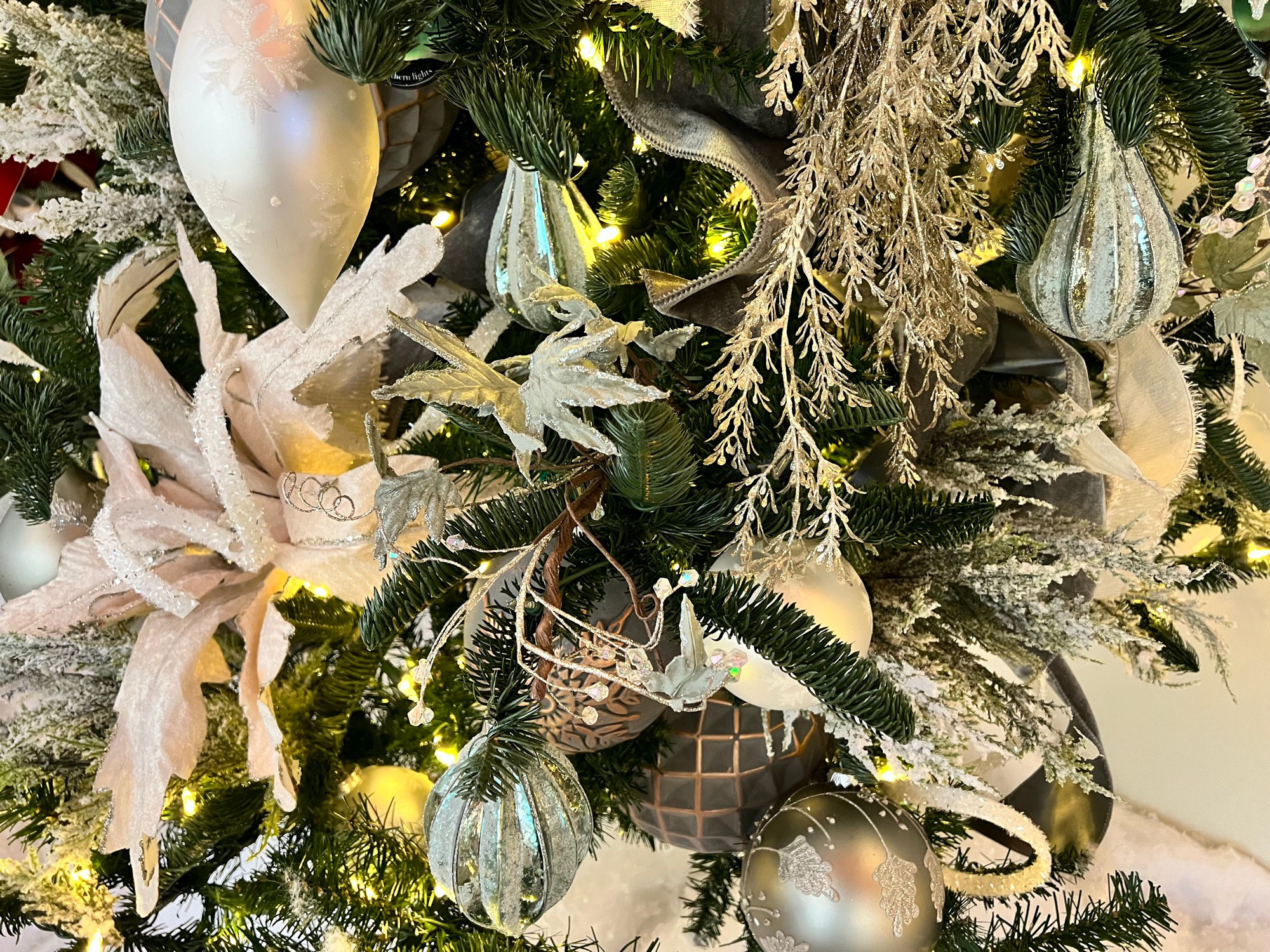
CULTURE TRIPReykjavik Christmas
Christmas in Icelandic is Jol, which was celebrated in Iceland long before it became a Christian nation. During pagan times, December 21st, the shortest day of the year, was when people gathered to celebrate the turning point towards longer days, a very significant moment in such Northern latitudes.Nowadays, Iceland is becoming a popular travel destination during Christmastime and with good reason. During the winter season, there is an excellent chance to see the Northern Lights, experience the breathtaking landscape in a blanket of snow, and take part in some cosy, cultural traditions.
- Advent Concert at Harpa Harpa Concert Hall will hold over 35 concerts around the holidays this year.
- Jolahlaoboro The Christmas buffet in Iceland consists of a traditional array of Icelandic food commonly eaten around the holidays.
- Christmas Market at Ingolfstorg There are a few Christmas markets in Reykjavik. The main one, at Ingolfstorg Square in downtown Reykjavik, is transformed into Yule Town each December.
- The Lighting of the Oslo Tree On November 27, 2017, between 3:30 pm and 5:00 pm, the tradition of lighting the Oslo Christmas Tree will continue as it has for many decades.
- Meet the Elves at City Hall Located in Reykjavik City Hall from early December to early January, the Children's Christmas Workshop allows families to sit down together in a community atmosphere and create their own Christmas decorations to take home while enjoying the festive surroundings.
- Hafnafjorour Christmas Village The whole downtown area of Hafnarfjorour becomes one large Christmas Village around Christmastime.
- The Reykjavik Botanical Gardens The garden paths are brightly lit with Christmas lights and decorations that enchant, especially during a snowfall.
- Porlaksmessa Christmas is celebrated beginning at 6:00 pm on December 24, the time most people go home for big family gatherings. However, on the evening before Porlaksmessa, shops, bars, and cafes located downtown are open until midnight.
- The Nordic House offers a variety of events over the holidays including exhibitions and concerts. Eat at the excellent Aalto Bistro, named after the Finnish architect.
- The Heiomork Christmas Market The annual Crafts & Design Christmas Market and the Christmas tree sale in Heiomork Woods, located on the outskirts of Reykjavik, is open on weekends about a month before Christmas.
- New Year's Celebrations Iceland is notorious for their robust display of fireworks. The fireworks can be seen from anywhere in the city, but some of the best places are around Hallgrimskirkja and Perlan.
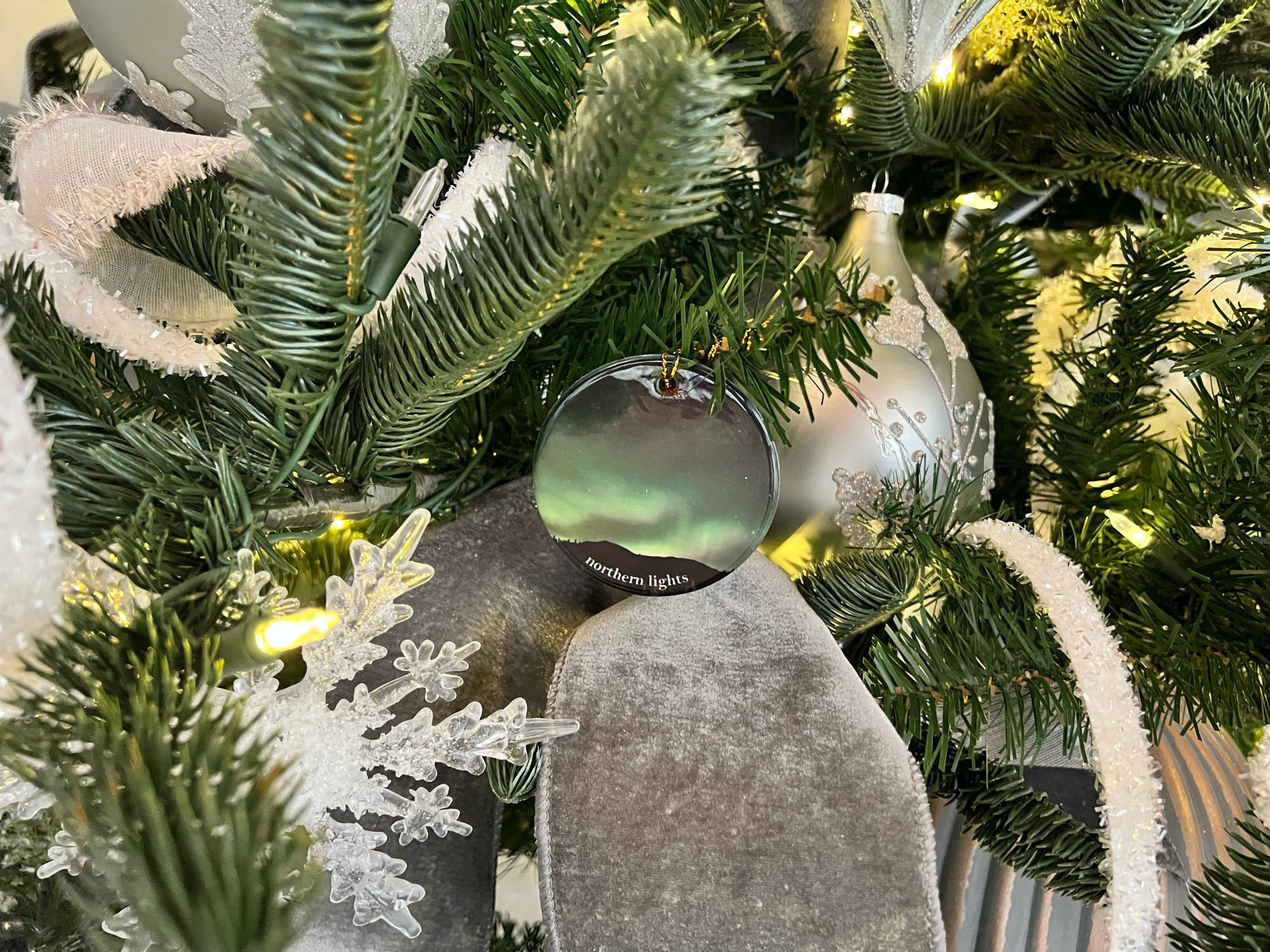
Jolabokaflod: The Icelandic Tradition of Giving Books on Christmas Eve
All you need is a cup of hot chocolate.
Martha StewartJolabokaflod
If you're a lover of literature, you will want to add this idea to your holiday traditions. Jolabokaflod is a wintertime tradition loved by Icelanders across the world. What is it exactly? The English translation of Jolabokaflod is "the Christmas Book Flood." On Christmas Eve, you'll find most Icelanders snuggled in with a cup of something warm all doing the same thing: reading a book.The premise is simple: Gift a new book to someone you love. This book-gifting tradition dates back to World War II, when paper was one of the few items you could actually find in abundance. Given that other products and gifts were few and far between, Icelanders made the best of the situation and gave each other books to enjoy. In addition to spending Christmas Eve tucked in with a good book, Icelanders will often enjoy hot chocolate or jolabland (a non-alcoholic holiday ale) with their page-turners.
The country's book publishers have taken note on the holiday popularly in book sales. You may also see Jolabokaflooio referenced as the annual release of new titles in Iceland, which has now turned into a seasonal tradition for the publishing industry. There's even an official Jolabokaflod catalog sent to every house in Iceland in November, called the Bokatioindi, or "Book Bulletin," which lists out popular books and new releases that they can order. Think of it as a Scholastic book fair, brought straight to your home.
Iceland isn't the only country known for a seasonal surge in new book releases; France has a similar trend called Le rentree litteraire. But there's something about the thought of beating the arctic temperatures outside by settling in with a big blanket, hot chocolate, your favorite album, and a good book. In fact, we like to think of that as the picture you'll find next to the dictionary definition of "hygge." (Don't hold us to that.)


WIKIPEDIAChristmas in Iceland
Jol
Starts four weeks before proper Christmas, which begins on 24 December (Aofangadagur) and ends thirteen days later on 6 January (Epiphany).Traditionally, one candle is lit each Sunday, until four candles are lit on the 24th. At 6:00 p.m. church bells ring to start the Christmas celebration. The religiously observant and/or traditional Icelanders will attend mass at this time, while the secular Icelanders will begin their holiday meal immediately. After the meal is finished, they open gifts and spend the evening together. In Iceland people over the Yule holidays most often eat smoked lamb, ptarmigan, and turkey. Pork is also very popular.
Thirteen days before 24 December, children will leave their shoes by a window so that the 13 Yule Lads (jolasveinarnir) can leave small gifts in their shoes. The Yule Lads are the sons of two trolls, Gryla and Leppaluoi, living in the Icelandic mountains. Each of the Yule Lads is known for a different kind of mischief (for example slamming doors, stealing meat, stealing milk or eating the candles). Yule Lads traditionally wear early Icelandic wool clothing but are now known for the more recognizable red and white suit.
Each home typically sets up a Christmas tree indoors in the living room, with most decorating it on 11 December. In addition to the decorations, presents are put underneath the tree. It is also a tradition in many homes to boil fish (skate) on the 23rd. The day is known as Saint Thorlak mass (Porlaksmessa).
During the holiday season, it is traditional for families to work together to bake small cookies to serve or give to guests. Most common are thin gingerbread cookies which are decorated in many different colors of glaze. Many families also follow the tradition of making laufabrauo, a flat thin bread that is cut out using a special tool and folding technique.
The end of year is divided between two days: the Old Year's Day (Gamlarsdagur) and the New Year's Day (Nyarsdagur). At the night of the former and morning of the latter, Icelanders shoot up fireworks, blowing the old year away and welcoming the new one.
Thirteen days after the 24th, Icelanders say goodbye to the Yule Lads and other mystical creatures, such as elves and trolls. There are bonfires held throughout the country while the elves, Yule Lads, and Icelanders dance together before saying goodbye until the next Christmas. This celebration is known elsewhere as Epiphany Day.
CULTURE TRIPIceland's Christmas Eve Tradition of Giving Books
During World War II, strict regulations limited Iceland's ability to import gifts from overseas. Paper, however, was not subject to such stringent rules and so the book emerged as an ideal workaround for the shortage in consumer freedom. Since then, the tradition has been written into Iceland's cultural code, to the point where each citizen receives a catalogue of new releases – known as a bokatioindi – from the Iceland Publishers Association just before the flood.Born out of centuries of mythical storytelling and an innovative war-time workaround, Iceland's Christmas Eve tradition of giving books is a charming manifestation of their national character. For as long as I can remember, my family has exchanged books on Christmas Eve. It's a tradition that is unfailingly present in our annual festive timetable, and my favourite of all. As night falls on the 24th, we gather like fireflies around the tree, and exchange books, spending the rest of the evening in a kind of collective ritual of the mind – together in body, but alone on our separate literary adventures.
Little did I know, we've been inadvertently practising a historic Icelandic tradition known as jolabokafloo. The word directly translates as Yule book flood, referencing the surge in book releases and sales in the months of September to November, but has also come to signify the practice of giving books to one another on Christmas Eve.
Audur Olafsdottir, an Iceland novelist, playwright and poet, describes her earliest memories of jolabokafloo highlighting its prevalence within the Icelandic family home. "As a child I didn't realise you had to buy books, since when I was born (the fourth of five children) a big library was already the central piece of our home. I understood very young that it was a gate into the world and into other people's lives. The earliest Christmas presents I gave were homemade and the easiest way for me to make something out of nothing was to write stories. When I received books I used to rewrite them, add a chapter or a character and change the endings. Later it became my job."
So Icelanders are avid readers. But they also boast a remarkable prowess for writing: one in ten citizens will go on to publish a book.
Trip SavvyChristmas in Iceland
An interesting experience as this country has many old traditions for celebrating Christmas. Expect no fewer than 13 Icelandic Santa Clauses. In Iceland, they are called jolasveinar ("yuletide lads"; singular: jolasveinn). Their parents are Gryla, a mean old woman who drags off naughty children and supposedly boils them alive, and her husband Leppaluoi, who is not quite as mean. Iceland even has a black Christmas cat that is depicted as an evil cat on the prowl for anybody who is not wearing a piece of newly purchased clothing.The origin of the Icelandic Santas is centuries old, and each has its own name, character, and role. Over the years, these 13 yule lads have become nicer. In fact, in the 18th century, parents in Iceland were officially prohibited from tormenting children with scary stories about the yule lads.
Nowadays during Christmas in Iceland, their function is to come to town bearing gifts and candy (and a prank or two). The first jolasveinn arrives 13 days before Christmas and then the others follow, one each day. After Christmas, they leave one by one. The Icelandic Christmas season lasts 26 days.
Thorlaksmessa (mass-day of St Porlakur) is celebrated on December 23. Shops are open late and then close for three days during Christmas. Many attend midnight mass. The main Christmas celebration takes place on Christmas Eve, including the gift exchange.
Traditions
A special Icelandic custom for children is to put a shoe in the window from December 12 until Christmas Eve. If they have been good, one of the 13 yule lads leaves a gift-bad children receive a potato or a note from one of the yule lads, explaining an incident of naughty behavior or warning them to do better the next year.Weather
When it comes to weather, don't expect much daylight during Christmas in Iceland, as this is the season where the Nordic countries stay dark through most of each day. The further north you go, the less light you can expect. It does make for much better shows of Northern Lights and fireworks, though.New Year's Eve
On New Year's Eve, many people attend community bonfires and exchange visits. At midnight there is a spectacle of fireworks when almost every home in Iceland will light its own fireworks.Iceland's holiday season ends on January 6 with a special celebration of the Twelfth Night. This is when elves and trolls come out and celebrate with the Icelanders, dancing and singing. On this day, the festivities of New Year's Eve (bonfires and firework show) are repeated in smaller extend all across Iceland.
How Stuff WorksBook Giving
When families in Iceland gather on a crisp Christmas Eve, there are several important traditions to observe. First comes a hearty Christmas meal (smoked lamb, fermented and pickled fish, all washed down with a questionable cocktail of malt beer and orange soda), followed by Christmas mass at 6 p.m. sharp and then, of course, the books.In Iceland, where a vibrant literary culture has thrived since the Middle Ages, the most popular Christmas gift is a book. Toddlers receive bedtime picture books, teens get the latest John Green tearjerker translated into Icelandic, and adults are gifted a stack of bestselling Nordic crime novels and obscure self-published non-fiction.
The Christmas Eve book-giving tradition is the culmination of a months-long national literary celebration called jolabokafloo or the "Christmas Book Flood." In September, the Iceland Publishers Association mails a book catalog called the Bokatioindi to every home in Iceland (browse the Bokatioindi 2018). And from the moment the catalog arrives until Christmas Eve, all of Iceland is gripped with book-buying fever.
From September until December, books seem to be everywhere. If you walk into a grocery store in Reykjavik, right next the produce aisle is a huge table, maybe 50 feet long, covered with stacks of books. And that's in addition to those for sale in all of the book stores.
What's really remarkable about the Christmas Book Flood is that all of the books in the fall catalog have been published that year, and a crazy amount of them are written by Icelanders. This is a country of just 348,000 people and virtually no one speaks Icelandic outside of Iceland. Yet every year, the Icelandic publishing industry puts out five new books for every 1,000 people, most of them written in Icelandic. The average print run of 1,000 copies would be equivalent to selling 1 million copies in the U.S.
Since the Icelandic language has remained relatively unchanged since the first Norse settlers arrived on the island nation in the late 9th century C.E., Icelanders have been reading and treasuring these same stories for a millennium. Not only do Icelanders love to read, but they love to write. It's estimated that one in 10 Icelanders will write a book in their lifetime. There's even a popular saying, "ad ganga med bok I maganum," translated literally as "everyone has a book in their stomach."
In Iceland, presents are traditionally exchanged and opened on Christmas Eve. The kids go first, of course, with some of the littlest ones receiving their very first books.
WIKIPEDIA1932 Poem: Yule Lads
Depicts mountain-dwelling characters and monsters who come to town during Christmas. The stories are directed at children and are used to scare them into good behavior. The folklore includes both mischievous pranksters who leave gifts during the night and monsters who eat disobedient children.The figures are depicted as living together as a family in a cave and include:
- Gryla an ogress with an appetite for the flesh of mischievous children, whom she cooks in a large pot. Her husband Leppaluoi is lazy and mostly stays at home in their cave.
- The Yule Cat a huge and vicious cat who lurks about the snowy countryside during Christmas time (Yule) and eats people who have not received any new clothes to wear before Christmas Eve.
- The Yule Lads the sons of Gryla and Leppaluoi. They are a group of 13 mischievous pranksters who steal from or harass the population and all have descriptive names that convey their favorite way of harassing. They come to town one by one during the last 13 nights before Yule. They leave small gifts in shoes that children have placed on window sills, but if the child has been disobedient they instead leave a rotten potato in the shoe.
These Christmas-related folktales first appeared around the 17th century and displayed some variation based on region and age. In modern times these characters have taken on slightly more benevolent roles.
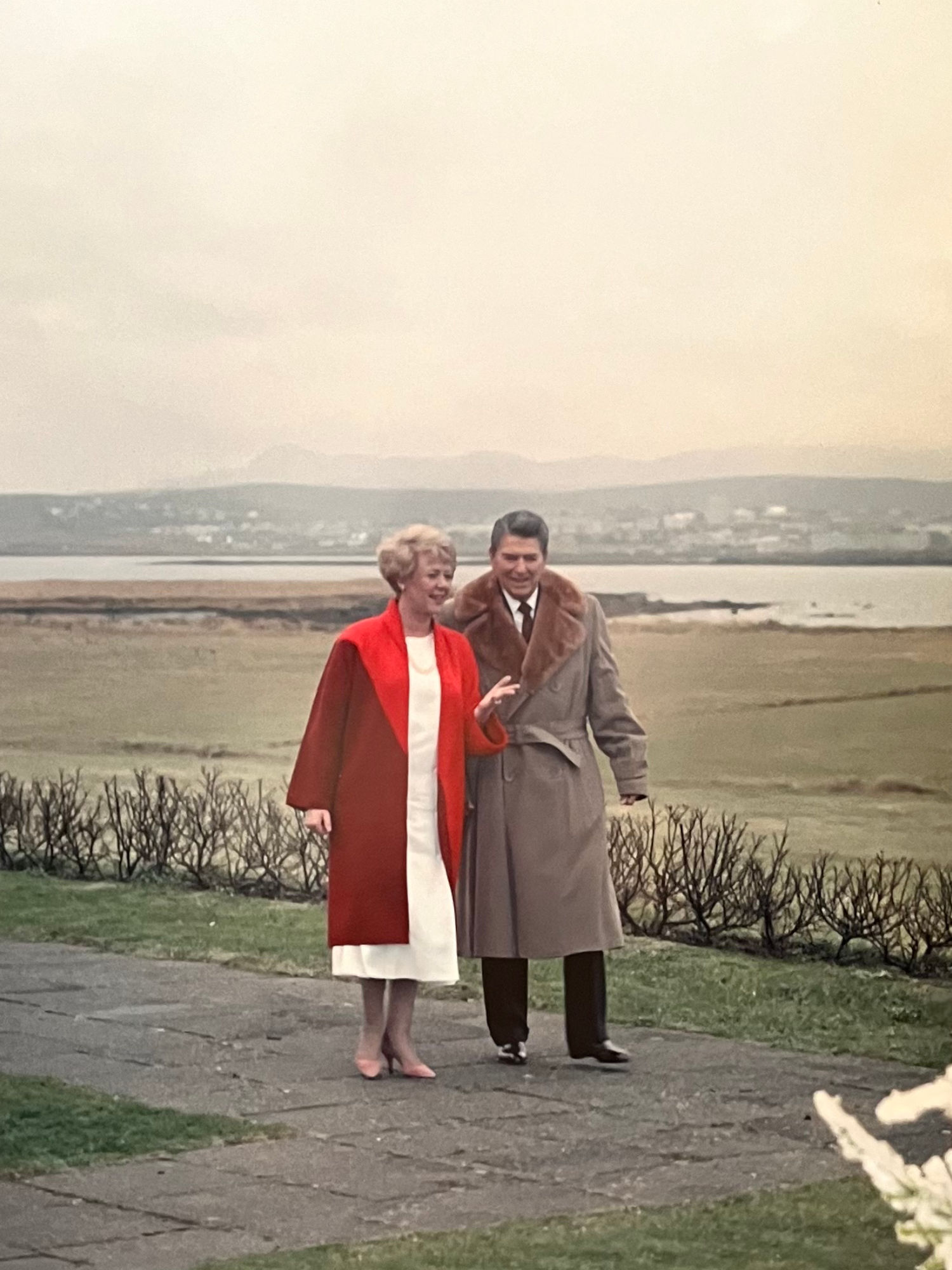
Prior to the Summit meeting with Soviet General Secretary Gorbachev (October 10-11), President Reagan meets with President Vigdis Finnbagadottir in Reykjavik, Iceland.
Reagan's Daily DiaryFriday, October 10, 1986
Just a long ride in A.F.1. A little farewell ceremony on the S. Lawn & then about 5 1⁄2 hours flying into a 4 hour time change. It was dark & raining when we arrived even though it was afternoon. Ambas. Nick Ruwe & Nancy had moved out & given us their home.(Fri. Oct. 10-A visit to Iceland, Pres. & P.M.-otherwise a day for homework)
Key Facts
- President Reagan meets with both the President and Prime Minister of Iceland.
- President Reagan spends much of the day working on homework and preparing for the upcoming meetings.
- Israel Prime Minister Shimon Peres resigns.
RONALD REAGANRemarks to American Military Personnel and Their Families in Keflavik, IcelandOctober 12, 1986
Thank you very much, Ambassador Ruwe, Admiral McVadon, men and women of our Armed Forces, and my fellow Americans. Thank you all. It's good to feel so at home. And I want to apologize for being so late. As you know, General Secretary Gorbachev and I were to have concluded our talks at noon, after more than 7 hours of meetings over the last 2 days. But when the hour for departure arrived, we both felt that further discussions would be valuable. So, I called Nancy and told her I wouldn't be home for dinner. [Laughter] She said she understood; in about 6\1/2\ hours, I'll find out. [Laughter]
Well, the talks we've just concluded were hard and tough, and yet I have to say extremely useful. We spoke about arms control, human rights, and regional conflicts. And of course, Mr. Gorbachev and I were frank about our disagreements. We had to be. In several critical areas, we made more progress than we anticipated when we came to Iceland. We moved toward agreement on drastically reduced numbers of intermediate-range nuclear missiles in both Europe and Asia. We approached agreement on sharply reduced strategic arsenals for both our countries. We made progress in the area of nuclear testing. But there remained, at the end of our talks, one area of disagreement.
While both sides seek reduction in the number of nuclear missiles and warheads threatening the world, the Soviet Union insisted that we sign an agreement that would deny to me and to future Presidents for 10 years the right to develop, test, and deploy a defense against nuclear missiles for the people of the free world. This, we could not and will not do. So, late this afternoon, I made to the General Secretary an entirely new proposal: a 10-year delay in deployment of SDI in exchange for the complete elimination of all ballistic missiles from the respective arsenals of both nations. So long as both the United States and the Soviet Union prove their good faith by destroying nuclear missiles year by year, we would not deploy SDI. The General Secretary said he would consider our offer, but only if we restricted all work on SDI to laboratory research, which would have killed our defensive shield.
We came to Iceland to advance the cause of peace, and though we put on the table the most far-reaching arms control proposal in history, the General Secretary rejected it. However, we made great strides in Iceland in resolving most of our differences, and we're going to continue the effort. But this brings me to my main reason in coming to Keflavik today -- to see you all and express my gratitude, gratitude for a job well done. I hope you all know the importance of your mission here. Iceland has always held a strategic position in the Atlantic, commanding, if you will, the sea between the Old World and the New. Since this is Columbus Day -- I have to be careful of this -- but many of those who believe that the Vikings were the first Europeans to discover the Americas hold that the ancient Norse sailors first heard of North America from an Icelander.
And during World War II, Iceland played a crucial role in the battle for freedom. Early in the war, German U-boats began to exact a devastating toll, including the shipping that supplied the British people with food from the United States. Between March and December 1941 the Germans sank ships, totaling more than a million tons. Churchill watched with growing disquiet as his nation was pushed closer and closer to starvation. In April of 1941 the British established bases on this island for escort groups and aircraft. In July we joined them, with the consent of the Icelandic authorities, with bases of our own. These operations, staged from this very island, proved decisive in the balance of the entire struggle. In Churchill's words: "The escort groups became ever more efficient and as their power grew, that of the U-boats declined. Europe was saved to continue the struggle for freedom."
I cite all this history because if Iceland was crucial to the cause of freedom then, it is even more important today. The U.S. and Iceland are joined together as members of NATO. And here you are, thousands of miles from home, closer, indeed, to the Soviet naval bases on the Kola Peninsula than to our own east coast. And in view of those naval bases and other potential threats, you serve as a vanguard for Iceland, the United States, and all the NATO allies. You monitor military air traffic, you track submarines, and you monitor shipping movements in the vital sealanes between the United States, Iceland, and Europe. You perform all these tasks with efficiency and dedication -- in short, with a keen sense of duty. And, ladies and gentlemen of our Armed Forces, on behalf of a grateful Commander in Chief, I salute you!
I can't resist telling you a little story that I've just told the marine guard at the Embassy. The story has to do with saluting. I was a second lieutenant of horse cavalry back in the World War II days. As I told the admiral, I wound up flying a desk for the Army Air Force. And so, I know all the rules about not saluting in civilian clothes and so forth, and when you should or shouldn't. But then when I got this job -- [laughter] -- and I would be approaching Air Force One or Marine One and those marines would come to a salute and I -- knowing that I am in civilian clothes -- I would nod and say hello and think they could drop their hand, and they wouldn't. They just stood there. So, one night over at the Commandant's quarters, Marine Commandant's quarters in Washington, and I was getting a couple of highballs, and I didn't -- [laughter] -- know what to do with them. So, I said to the Commandant -- I said, "Look, I know all the rules about saluting in civilian clothes and all, but if I am the Commander in Chief, there ought to be a regulation that would permit me to return a salute." And I heard some words of wisdom. He said, "I think if you did, no one would say anything." [Laughter]
So, if you see me on television and I'm saluting, you know that I've got authority for it now -- [laughter] -- and I do it happily. But you know there are some people here I can't salute, of course, because they're civilians. But seeing them does bring to mind all the sacrifices that your families make. So, whether your families are here or back home, the next time you see them or write a letter, you tell them for me their President thanks them -- and so does all America. [Applause] It seems to me, we have one more round of applause still to go. The talks that we've concluded could never have been had it not been for the generosity of the people of Iceland. [Applause]
Well, it's time to go now. Nancy's waiting dinner. [Laughter] After all, Congress is still in session, and I have to get back and keep an eye on them. [Laughter] Sometimes they get strange ideas about reducing pay rates for the military. But don't worry, I'll never let them.
Since I'm so far away from them right now -- [laughter] -- I'm going to take a chance and tell you a little story, I think, about them. [Laughter] You know, when I think of them sometimes, and particularly the opposition that wants to do those ridiculous things, I think of those three fellows that came out of a building one day and found they'd locked themselves out of their car. And one of them said, "Well, somebody get a wire coathanger." And he said, "I can straighten it out and use it and get in and flip the handle and open it." And the second one said, "You can't do that. Somebody would see you doing it and think you're stealing the car." And the third one said, "Well, we'd better do something pretty quick, because it's starting to rain and the top's down." [Laughter]
But in closing, let me say simply this: You are not here on NATO's frontline, you're not making the sacrifice of leaving home and friends so far behind merely to keep the world from getting worse. You're here to make it better, for you're here in the name of liberty. Yes, the ultimate goal of American foreign policy is not just the prevention of war, but the expansion of freedom -- to see that every nation, every people, every person, some day enjoys the blessings of liberty. All that you do has strengthened world peace, the peace in which the flame of freedom can continue to burn and spread its light throughout the world.
I have to tell you that of all the things that I'm proud of in this job, none match the pride that I have in those of you who are wearing the uniform of your country -- you young men and women. God bless you.
Many years ago, at the beginning of World War II, General George Marshall was asked what was our secret weapon. And he said then, "Just the best blankety-blank kids in the world." Well, I have to tell you, we've still got that secret weapon.
God bless all of you. Thank you very much.
NOTEThe President spoke at 8:11 p.m. at Keflavik International Airport. In his opening remarks, the President referred to U.S. Ambassador to Iceland Nicholas Ruwe and Rear Adm. Eric A. McVadon, USN, Commander Icelandic Defense Force. Following his remarks, the President returned to Washington, DC.
WIKIPEDIAIceland
A Nordic island country between the North Atlantic and Arctic Oceans, on the Mid-Atlantic Ridge between North America and Europe. It is linked culturally and politically with Europe, and is the region's most sparsely populated country. Its capital and largest city is Reykjavik, which is home to about 36% of the country's roughly 380,000 residents. The official language of the country is Icelandic.Located on a rift between tectonic plates, Iceland's geologic activity includes geysers and frequent volcanic eruptions. The interior consists of a volcanic plateau characterized by sand and lava fields, mountains, and glaciers, and many glacial rivers flow to the sea through the lowlands. Iceland is warmed by the Gulf Stream and has a temperate climate, despite a latitude just south of the Arctic Circle. Its high latitude and marine influence keep summers chilly, and most of its islands have a polar climate.
According to the ancient manuscript Landnamabok, the settlement of Iceland began in 874 AD when the Norwegian chieftain Ingolfr Arnarson became the first permanent settler on the island. In the following centuries, Norwegians, and to a lesser extent other Scandinavians, immigrated to Iceland, bringing with them thralls (i.e., slaves or serfs) of Gaelic origin.
The island was governed as an independent commonwealth under the native parliament, the Althing, one of the world's oldest functioning legislative assemblies. Following a period of civil strife, Iceland acceded to Norwegian rule in the 13th century. The establishment of the Kalmar Union in 1397 united the kingdoms of Norway, Denmark, and Sweden. Iceland thus followed Norway's integration into that union, coming under Danish rule after Sweden seceded from the union in 1523. The Danish kingdom forcefully introduced Lutheranism to Iceland in 1550.
Influenced by ideals of nationalism after the French Revolution, Iceland's struggle for independence took form and culminated in the Danish–Icelandic Act of Union in 1918, with the establishment of the Kingdom of Iceland, sharing through a personal union the incumbent monarch of Denmark. During the occupation of Denmark in World War II, Iceland voted overwhelmingly to become a republic in 1944, thus ending the remaining formal ties with Denmark. Although the Althing was suspended from 1799 to 1845, the island republic has nevertheless been credited with sustaining the world's oldest and longest-running parliament.
Until the 20th century, Iceland relied largely on subsistence fishing and agriculture. Industrialization of the fisheries and Marshall Plan aid following World War II brought prosperity, and Iceland became one of the wealthiest and most developed nations in the world. It became a part of the European Economic Area in 1994; this further diversified the economy into sectors such as finance, biotechnology, and manufacturing.
Iceland has a market economy with relatively low taxes, compared to other OECD countries, as well as the highest trade union membership in the world. It maintains a Nordic social welfare system that provides universal health care and tertiary education for its citizens. Iceland ranks highly in international comparisons of national performance, such as quality of life, education, protection of civil liberties, government transparency, and economic freedom.
Icelandic culture is founded upon the nation's Scandinavian heritage. Most Icelanders are descendants of Norse and Gaelic settlers. Icelandic, a North Germanic language, is descended from Old West Norse and is closely related to Faroese. The country's cultural heritage includes traditional Icelandic cuisine, Icelandic literature, and medieval sagas. Iceland has the smallest population of any NATO member and is the only one with no standing army, possessing only a lightly armed coast guard.
Iceland is the world's 18th-largest island, and Europe's second-largest island after Great Britain and before Ireland. The main island covers 101,826 km2 (39,315 sq mi), but the entire country is 103,000 km2 (40,000 sq mi) in size, of which 62.7% is tundra. Iceland contains about 30 minor islands. Lakes and glaciers cover 14.3% of its surface; only 23% is vegetated.
- The climate of Iceland's coast is subarctic. The warm North Atlantic Current ensures generally higher annual temperatures than in most places of similar latitude in the world. The highest air temperature recorded was 86.9 F on 22 June 1939 at Teigarhorn on the southeastern coast. The lowest was−36.4 F on 22 January 1918 at Grimsstaoir and Moorudalur in the northeastern hinterland.
- When the island was first settled, it was extensively forested, with around 30% of the land covered in trees.
- The only native land mammal when humans arrived was the Arctic fox, which came to the island at the end of the ice age, walking over the frozen sea. On rare occasions, bats have been carried to the island with the winds, but they are not able to breed there. No native or free-living reptiles or amphibians are on the island.
- Iceland has many geysers, including Geysir in Haukadalur valley, the oldest known geyser in the world, from which the English word is derived, and the famous Strokkur, which erupts every 8–10 minutes. After a phase of inactivity, Geysir started erupting again after a series of earthquakes in 2000. Geysir has since grown quieter and does not erupt often.
- Surtsey, one of the youngest islands in the world, is part of Iceland. Named after Surtr, it rose above the ocean in a series of volcanic eruptions between 8 November 1963 and 5 June 1968. Only scientists researching the growth of new life are allowed to visit the island.
- Iceland is a representative democracy and a parliamentary republic. The modern parliament, Alþingi (English: Althing), was founded in 1845 as an advisory body to the Danish monarch. It was widely seen as a re-establishment of the assembly founded in 930 in the Commonwealth period and temporarily suspended from 1799 to 1845. Consequently, "it is arguably the world's oldest parliamentary democracy." It has 63 members, elected for a maximum period of four years.
- Iceland was the first country in the world to have a political party formed and led entirely by women. Vigdis Finnbogadottir assumed Iceland's presidency on 1 August 1980, making her the first elected female head of state in the world.
- According to the 2011 Global Peace Index, Iceland is the most peaceful country in the world, due to its lack of armed forces, low crime rate and high level of socio-political stability. Iceland is listed in Guinness World Records as the "country ranked most at peace" and the "lowest military spending per capita".
- In 2007, Iceland was the seventh-most productive country in the world per capita (US$54,858), and the fifth-most productive by GDP at purchasing power parity ($40,112). About 85 percent of the total primary energy supply in Iceland is derived from domestically produced renewable energy sources. Use of abundant hydroelectric and geothermal power has made Iceland the world's largest electricity producer per capita.
- Until the 20th century, Iceland was a fairly poor country. It is now one of the most developed countries in the world. Strong economic growth led Iceland to be ranked third in the United Nations' Human Development Index report for 2021/2022. According to the Economist Intelligence Index of 2011, Iceland had the second-highest quality of life in the world. Based on the Gini coefficient, Iceland also has one of the lowest rates of income inequality in the world, and when adjusted for inequality, its HDI ranking is sixth.
- Icelanders are among the world's healthiest people, with 81% reporting they are in good health, according to an OECD survey.
- Christianity: 78.78%
- Icelandic culture has its roots in North Germanic traditions. Icelandic literature is popular, in particular the sagas and eddas that were written during the High and Late Middle Ages. Centuries of isolation have helped to insulate the country's Nordic culture from external influence; a prominent example is the preservation of the Icelandic language, which remains the closest to Old Norse of all modern Nordic languages.
- Much of Iceland's cuisine is based on fish, lamb, and dairy products, with little to no use of herbs or spices. Due to the island's climate, fruits and vegetables are not generally a component of traditional dishes, although the use of greenhouses has made them more common in contemporary food. Breakfast usually consists of pancakes, cereal, fruit, and coffee, while lunch may take the form of a smorgasbord. The main meal of the day for most Icelanders is dinner, which usually involves fish or lamb as the main course.
- Coffee is a popular beverage in Iceland, with the country being third placed by per capita consumption worldwide in 2016, and is drunk at breakfast, after meals, and with a light snack in mid-afternoon. Coca-Cola is also widely consumed, to the extent that the country is said to have one of the highest per capita consumption rates in the world.
- The main traditional sport in Iceland is Glima, a form of wrestling thought to have originated in medieval times. Popular sports include football, track and field, handball and basketball. Handball is often referred to as the national sport. Iceland has excellent conditions for skiing, fishing, snowboarding, ice climbing and rock climbing, although mountain climbing and hiking are preferred by the general public.
EtymologyNamed by Norsemen
The Sagas of Icelanders say that a Norwegian named Naddodd (or Naddador) was the first Norseman to reach Iceland, and in the ninth century, he named it Snaeland or "snow land" because it was snowing. Following Naddodd, the Swede Garoar Svavarsson arrived, and so the island was then called Garoarsholmur which means "Garoar's Isle".Then came a Viking named Floki Vilgeroarson; his daughter drowned en route, then his livestock starved to death. The sagas say that the rather despondent Floki climbed a mountain and saw a fjord (Arnarfjorour) full of icebergs, which led him to give the island its new and present name. The notion that Iceland's Viking settlers chose that name to discourage the settlement of their verdant isle is a myth.
